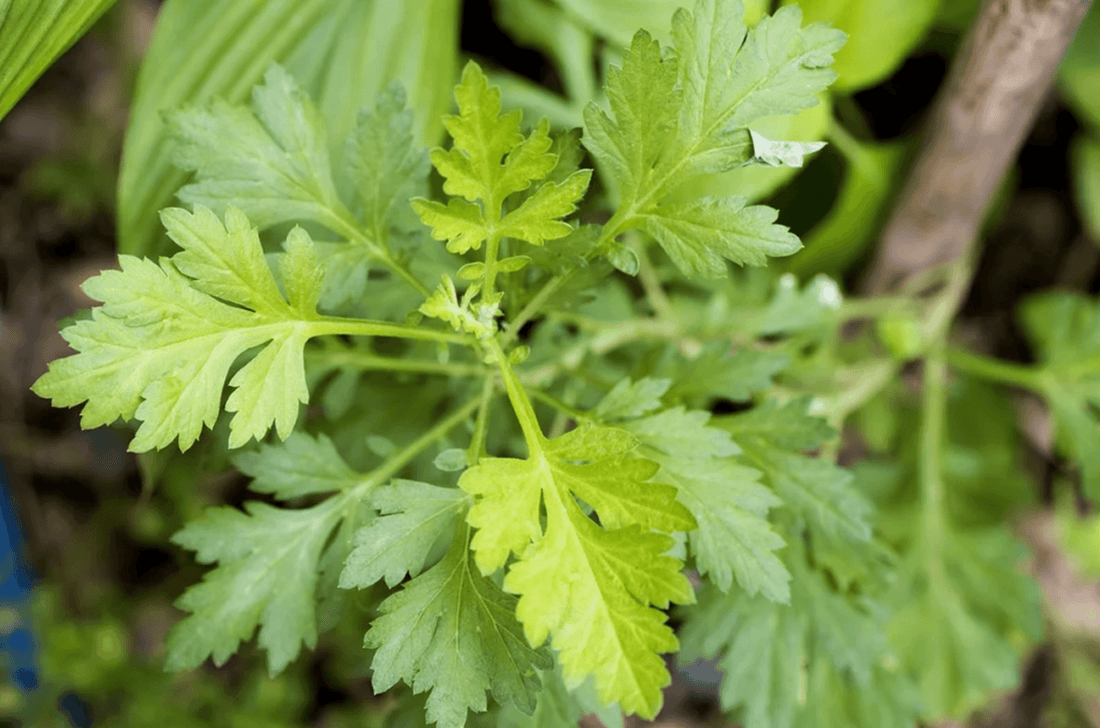
Artemisinin concentration and antioxidant capacity of Artemisia annua distillation by product
Share
 |
Ferreira, Jorge |
 |
ZHELIJAZKOV, VALTCHO - University Of Wyoming |
 |
Gonzalez, Javier |
|
Submitted to: Industrial Crops and Products
Publication Type: Peer Reviewed Journal Publication Acceptance Date: 5/6/2012 Publication Date: 6/3/2012 Citation: Ferreira, J.F., Zhelijazkov, V.D., Gonzalez, J.M. 2012. Artemisinin concentration and antioxidant capacity of Artemisia annua distillation byproduct. Industrial Crops and Products. 41:294-298. Interpretive Summary: Sweet wormwood is known worldwide as the source of artemisinin, the raw material for the production of artemisinin-based combination therapy, used against drug-resistant malaria where quinine-based drugs are no longer effective. Artemisinin drugs are also effective against parasitic worms and unicellular micro-organisms that afflict both humans and livestock. Besides being the only commercial source of artemisinin, sweet wormwood contains a pleasantly aromatic essential oil valued in perfumery and cosmetics. However, multi-use of the leaf biomass for the production of artemisinin, essential oil, and antioxidants has never been investigated. The objectives of this research were to evaluate the effect of distillation time of sweet wormwood leaf biomass on essential oil yield, artemisinin concentration, and the antioxidant capacity of the plant residue from distillation (PRD). Results demonstrated that leaf biomass can be explored for both essential oil and as a source of antioxidants, but the PRD is devoid of artemisinin. The high antioxidant capacity of the PRD was 75% of that found in undistilled leaf samples. These findings suggest that the industrial byproduct used to produce the essential oil from leaves of sweet wormwood is also a potential source of antioxidants that can be used in livestock feed supplements or as a source of compounds for the nutraceuticals market. Technical Abstract: Artemisia annua is mostly known as the source of artemisinin, the raw material for the production of artemisinin-based combination therapy, used against drug-resistant Plasmodium falciparum where malaria is endemic. Artemisinin drugs are also effective against helminthic and protozoan parasites that afflict both humans and livestock. Besides being the only commercial source of artemisinin, the plant contains a pleasantly aromatic essential oil valued in perfumery and cosmetics. However, multi-use of the leaf biomass for the production of artemisinin, essential oil, and antioxidants has never been investigated. The objectives of this research were to evaluate the effect of distillation time of A. annua biomass on essential oil yield, artemisinin concentration, and antioxidant capacity of the plant residue from distillation (PRD). Results demonstrated that leaf biomass can be explored for both essential oil and as a source of antioxidants, but the PRD is devoid of artemisinin. The high antioxidant capacity of the PRD (75% of the control samples) suggests that the industrial byproduct used to produce the essential oil is also a potential source of antioxidants for use as a livestock feed supplement or as a source of compounds for the nutraceuticals market.
See original article here |

